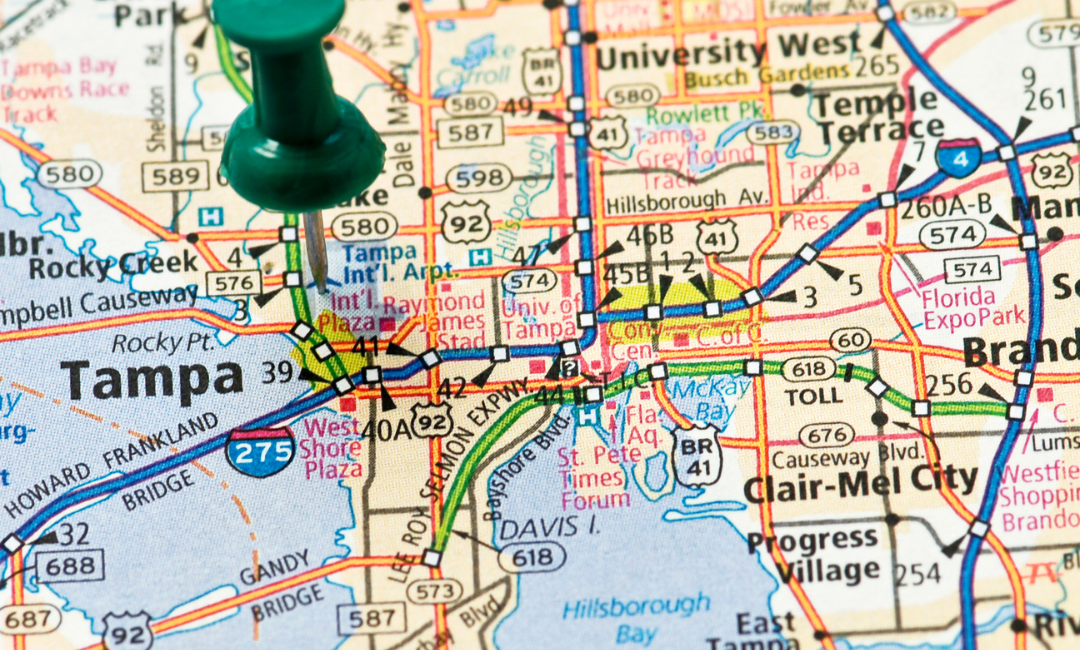Both in our personal and professional lives, we are often overwhelmed with printed, spoken, and texted words; so much so that it can become an ‘information saturation’ and at some point, we find ourselves not paying attention or processing at all.
Communication is essential to human interaction, and the world continues creating new ways to ensure that we are always able to connect with one another. However, the crucial component of communication in healthcare is comprehension, and ironically, it seems the more methods there are, the more difficult this action becomes.
The increased ease of expression has limited one’s willingness to listen or invest time in interpersonal, face-to-face interactions.
Yet humans need it, especially in the healthcare industry, in order to appropriately treat complaints and build a rapport that boosts our patients’ comfort and confidence in our abilities as providers.
We know this, we work daily to ensure our patients receive our time and attention and that the doctors are updated accordingly.
Communication in healthcare is key.
Those who seem to forget are the administrators.
As our career solely relies on hundreds of face-to-face interactions with colleagues, patients, and their families each day, it seems as though our administrators have forgotten the importance of these interactions; as they continue to utilize other forms of communication to reach us with tasks, reminders, and policies.
It is crucial for those who are in positions of authority to never lose sight of what the job entails and therefore what the needs are of the people performing the tasks.
Again, face-to-face communication in healthcare is key.
I have worked in many different medical settings and can attest that administration as a verb is a spectrum, not a uniform approach.
One of the places I worked moved all their offices to a building six miles from the hospital.
You never spoke directly to a real person, and human resources required a scheduled appointment to see you; quite obviously that falls under the category of “less than effective,” and morale was low while turnover was high.
On the opposite end are places like the small, level II trauma community hospital that I had the pleasure of working in years ago; both the president and vice president (VP) were paramedics.
To maintain his skills, stay up to date on new procedures, and work collaboratively with staff outside of an office setting, the VP would actively attend emergency calls.
On top of this, the president would constantly adjust his schedule to be present for all shifts and talk to as many people as possible; he always wanted to stay in touch and knew every employee’s name in this 140-bed facility.
These voluntary actions prove the true value of face-to-face communication in healthcare, and why our administrators should make it a priority to implement it more often.
Investing in hundreds of employees is not an easy task nor a simple expectation, but it can be done and solves a lot of long-term concerns.
When employees feel valued, their performance is better.
When performance improves, patient satisfaction rises (which is all that we as nurses are concerned with).
With greater patient and provider satisfaction, comes enhanced funding, which we all know is the true bottom line for administrators.
However, this short term versus long term debate is for another blog at another time.
Does your facility value the importance of face-to-face communication in healthcare?
What useful strategies have you found, and where is there room for improvement?




